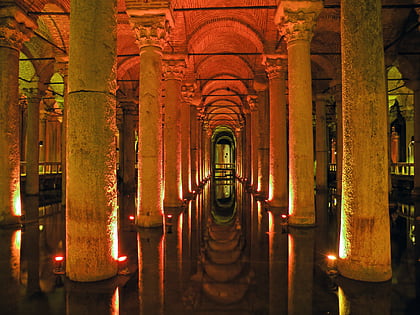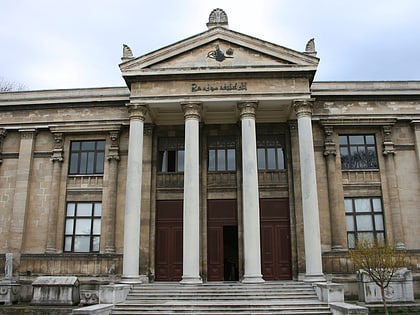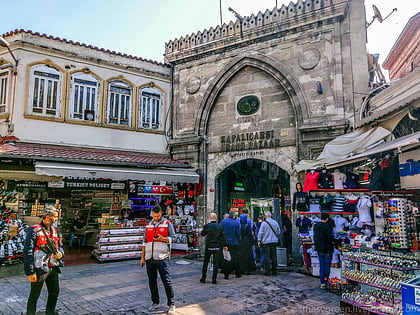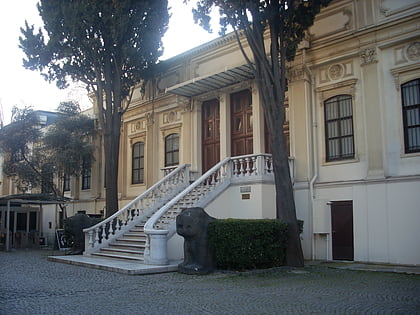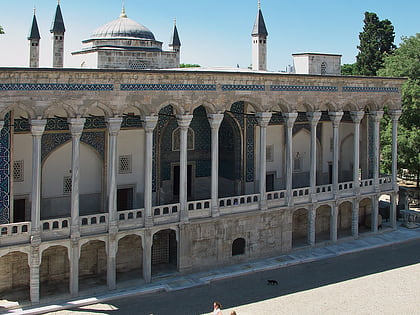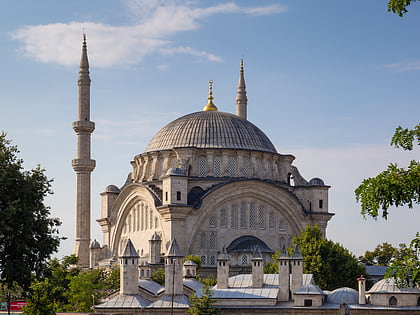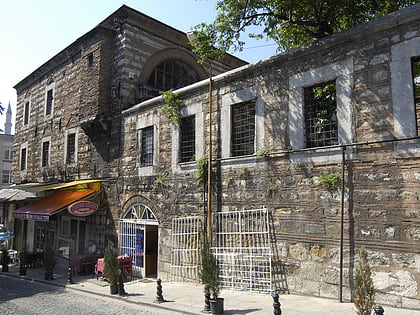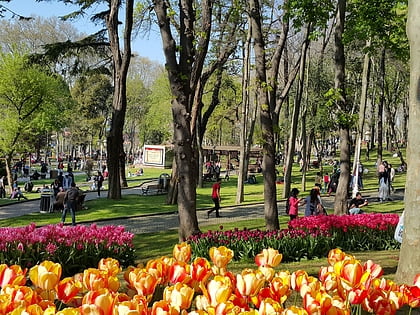Nallı Masjid
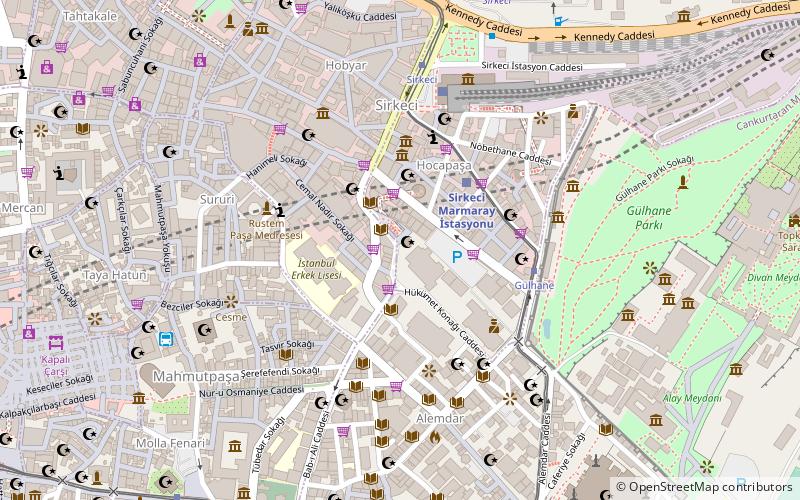
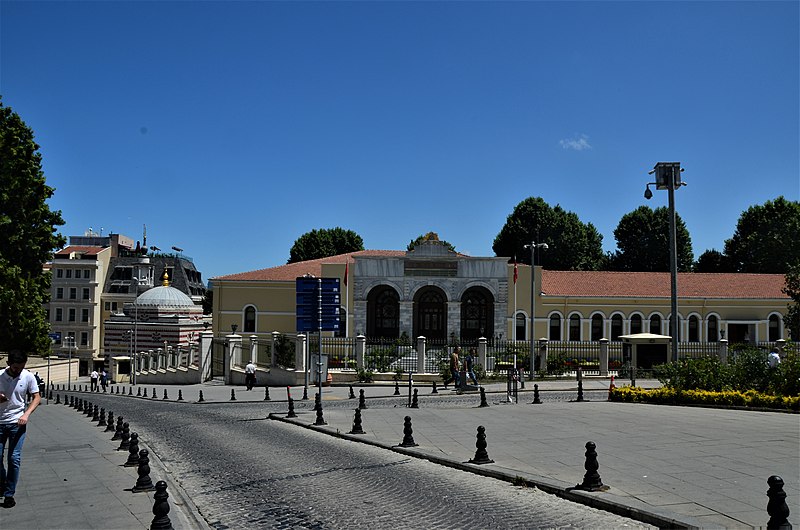
Facts and practical information
Nallı Masjid, a hidden gem tucked away in the historic streets of Konya, Turkey, is a testament to the rich architectural legacy of the Ottoman Empire. This mosque, less known compared to the grandeur of Istanbul's famous Hagia Sophia or the Blue Mosque, carries its charm with a sense of quiet dignity and spiritual tranquility.
The Nallı Masjid, also known as the Nalini Mosque, was constructed in the 16th century, with records indicating its completion in the year 1585. It was built during the reign of the Ottoman Sultan Murad III, a period known for significant architectural advancements and cultural flourishing within the empire.
This place of worship showcases the classic Ottoman architectural style, with its elegant minaret and ornate prayer hall. The mosque's design features a single dome, a hallmark of many Ottoman mosques, which creates a sense of spaciousness and allows natural light to flood the interior, enhancing the intricate tile work and calligraphy that adorn its walls.
Despite its beauty and historical significance, Nallı Masjid remains one of the lesser-visited sites in Konya, a city more famously known for the Mevlana Museum and the whirling dervishes. This gives visitors a unique opportunity to appreciate the mosque's artistry without the crowds, offering a more personal and reflective experience.
The mosque's location in Konya, a city with a deep spiritual heritage as the final resting place of the 13th-century poet and Sufi mystic Rumi, adds to the Nallı Masjid's allure. Visitors to the mosque can immerse themselves in the atmosphere of a city where the ancient and the spiritual intertwine.
Istanbul
Nallı Masjid – popular in the area (distance from the attraction)
Nearby attractions include: Basilica Cistern, Istanbul Archaeology Museums, Grand Bazaar, Museum of the Ancient Orient.

